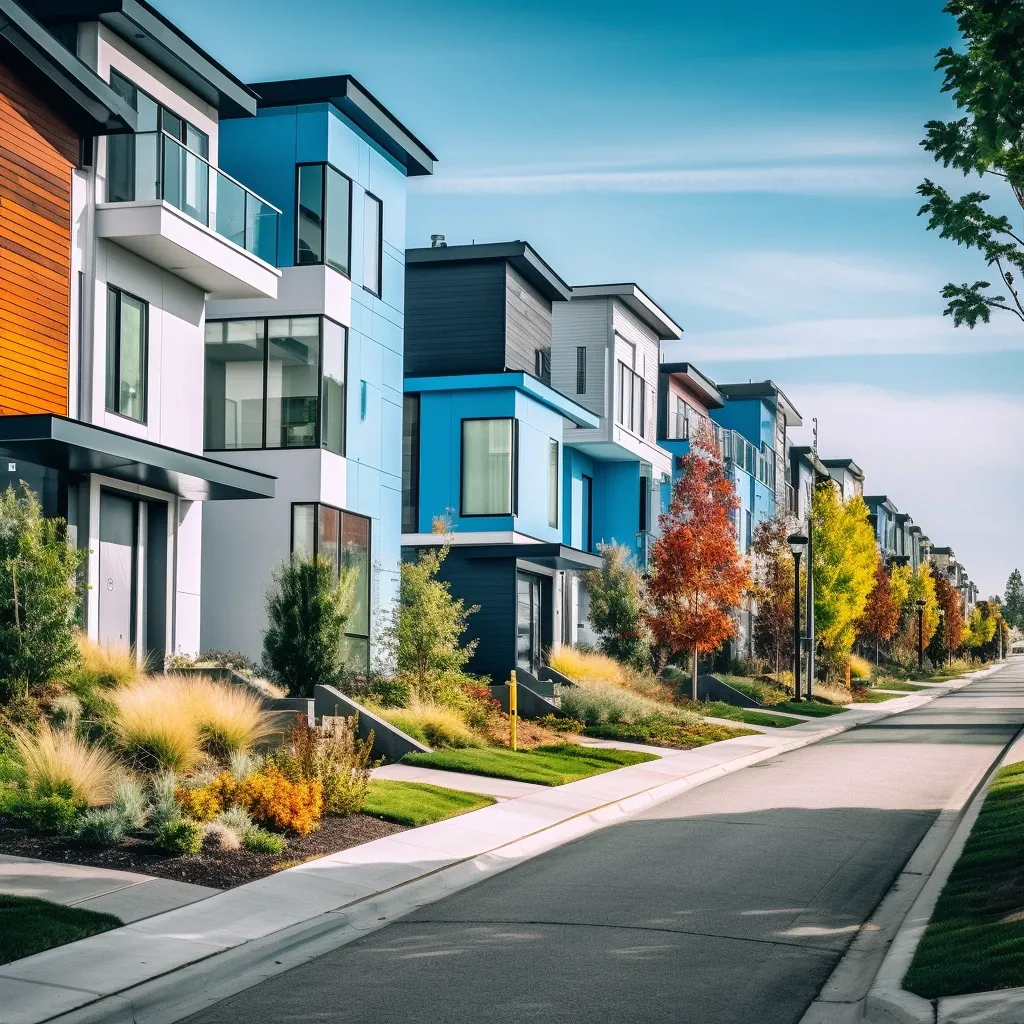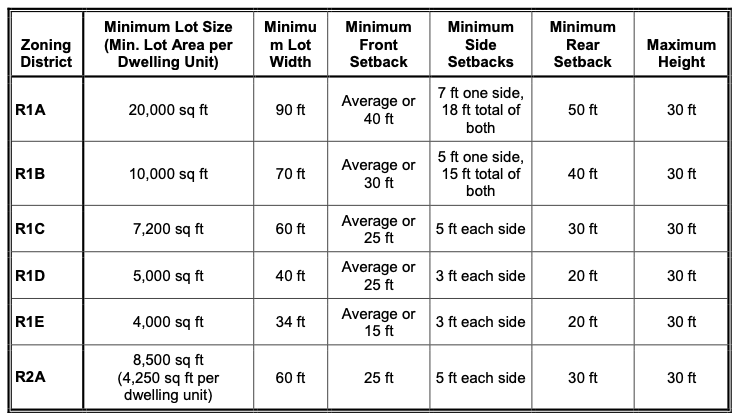The Hidden Barriers to Increased Housing Density in Ann Arbor: A Deeper Dive into the Infrastructure Issue
The push to increase housing density in Ann Arbor unveiled hidden complexities. Beyond zoning, our infrastructure significantly shapes residential development. Solving our housing crisis involves balancing zoning, infrastructure development, and sustainable urban planning.

The city recently initiated an annexation of 11 parcels into the city. The staff report suggested matching the surrounding zoning designation for these 11 new parcels–which is R1A, our largest minimum lot size in our single-family zoning, were the size of nearly half an acre each. In theory, each of these could hold up to ten units if rezoned to our highest residential density, R4C. Sounds simple, right? Well, you could imagine my surprise when I discovered the surprising complexities of this proposed solution.
After proposing a change in zoning from R1A to R4C, I had this exchange with the planning manager:
Commissioner Wyche, I would add one thing. You mentioned that you were interested in exploring changing the zoning for these parcels to R4C. If we do that, it would require different utility recommendations under the city's specifications.
I agree with Jeff Kahan that the comprehensive plan is the place to have this conversation. I think it would be arbitrary to pick these parcels in isolation, without considering the larger land use pattern. It would be more fruitful to have this conversation in the context of a broader plan.
However, if the commission is interested, we are happy to do the work. Specifically, I would want to explore the impact of changing the zoning to R4C on the infrastructure in the neighborhood. R4C requires larger levels of water service and different fire suppression requirements.
It's possible that the neighborhood's infrastructure would not be able to accommodate this zoning change without some significant capital investments. I'm just speculating at this point, but I would want to explore this issue further if the commission is interested.
Imagine my surprise when I realized that a simple push to increase housing density wasn't as straightforward as it initially seemed.
Our truth here in Ann Arbor is that the most effective way to create more housing opportunities is to end exclusionary zoning. - Jenn Cornell, 5th Ward City Councilmember
But the reality is even more complex. Ending exclusionary zoning is only part of the equation; the city has other hidden mechanisms that can restrict residential density, as I discovered in our discussions about annexing the 11 new parcels.
It became clear that the issue of housing density was not just about zoning. It was akin to unraveling an enigma where the hidden network of utilities under our feet acted like invisible puppeteers, significantly shaping the city's residential development. These concealed structural barriers to housing density transcended mere planning issues, underscoring the necessity for substantial infrastructure investments and sustainable urban development.
Our housing crisis is a multifaceted problem that defies a quick fix. A blanket upzoning of the entire city is not the panacea. We must also unravel and address these hidden barriers that influence whether housing in Ann Arbor is accessible to everyone. In essence, solving the housing crisis involves an intricate balancing act between zoning, infrastructure development, and sustainable urban planning.
City of Ann Arbor | Zoning Ordinance | Area, Height and Placement Regulations
